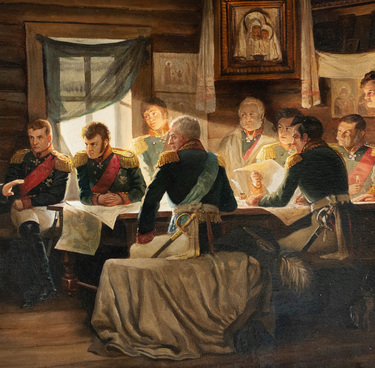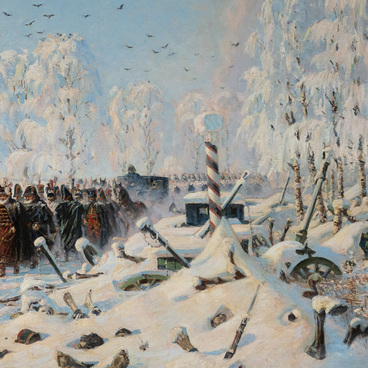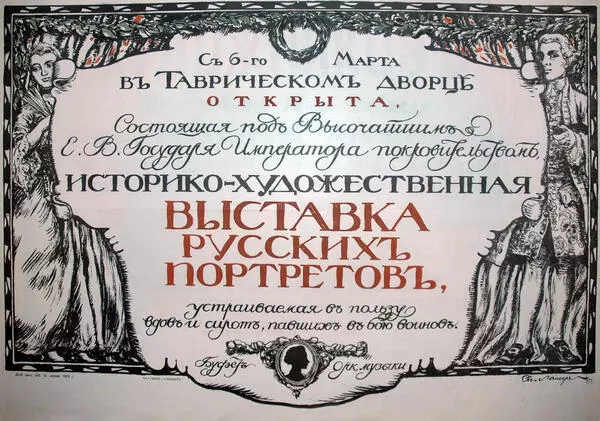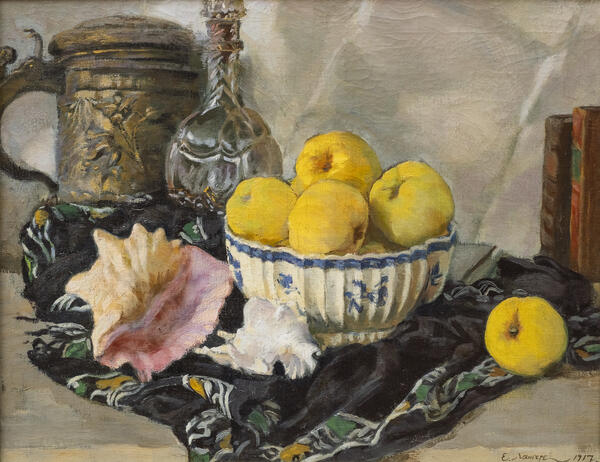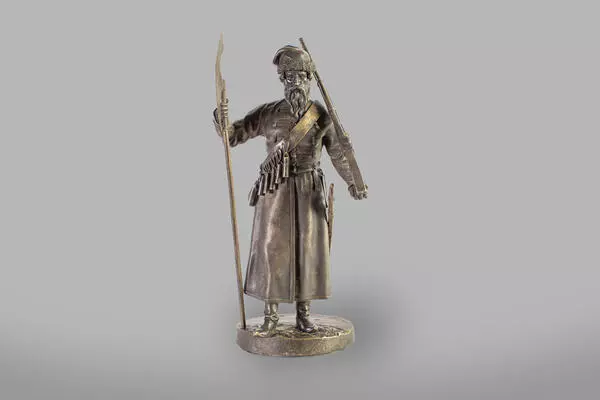The artist Yevgeny Lanceray was a book designer, creator of illustrations for the works of Leo Tolstoy and one of the forefathers of the Soviet monumental painting. Lanceray was also a draughtsman and watercolorist, a set designer and a master of easel paintings of various genres, from historical to portrait. He delved into applied art and acted as a theorist and teacher.
Illustrations for Leo Tolstoy’s “Hadji Murat” are among Lanceray’s best works of the pre-Revolutionary period. They were fully published in 1918 in the first illustrated book of the Soviet period. The 1916 edition of the novella was highly censored: Tolstoy’s text was not approved because of its merciless and satirical portrayal of Emperor Nicholas I.
The general decorative and pictorial structure of the illustrations for “Hadji Murad” foreshadowed his later work on Tolstoy’s “Cossacks” series, for which Yevgeny Lanceray drew illustrations from 1917 to 1936. They clearly express the artist’s desire to create deeply psychological images and express the complexity of characters and “portrait drawing”. The illustrations closely follow the flow of the narrative, but they are devoid of direct action and external dynamics.
In particularly successful drawings, the artist’s attention is completely focused on the heroes of the story. He adores the radiant beauty of Maryana, the reckless prowess of Luka and old Eroshka’s bond with nature. In this lively, explicit admiration of the “natural man” lies the special charm of Lanceray’s illustrations.
Dmitry Olenin is a strong, healthy and energetic young man. He is a nobleman from Moscow and a yunker (a military rank). He went to serve in the Caucasus and gradually fell in love with its pristine nature and down-to-earth people, who are so unlike the Muscovites. Olenin in the forest is shown as a carefree, happy and fairy-tale-like character.
Lanceray portrayed the Caucasus with special care and expressed it in many ways. The heroic side of the Caucasus manifests itself in intense relations, unexpected clashes of planes and the ominous sounds of picturesque scenery. The lyrical side relies on simple motifs of slopes overgrown with vegetation faded in the sun and the streets of villages in the mountains. The “attraction to the Caucasus” runs like a red thread through Lanceray’s collection of illustrations and is embodied in the distinct fullness and luminance of his landscapes.
